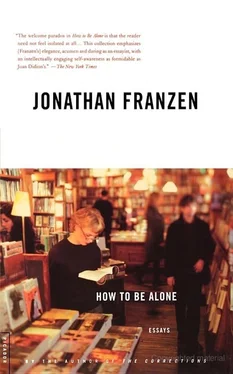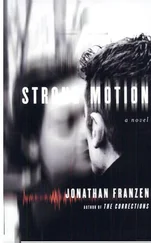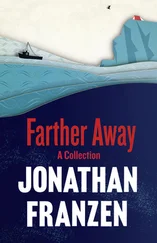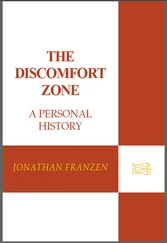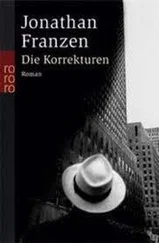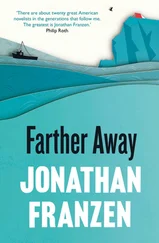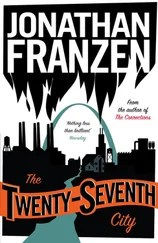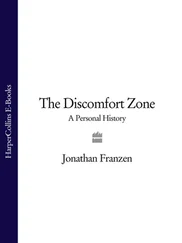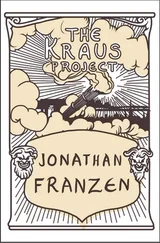“It’s still hard for me to get used to how quiet it is in this facility,” Dennis says.
The cells themselves are seldom quiet. Television is important at CSP — so important that if an inmate arrives at CSP without a set of his own, he’s given one as soon as he’s out of Level I. CSP has its own station, broadcasting self-improvement programming and vocational training (Dennis mentions “janitorial work” as a vocation), as well as movies and devotional instruction. On Saturday nights, there’s bingo. CSP’s recreational therapist, Jim Gentile, focuses the closed-circuit camera on a spinning cage from which he draws numbered balls. He calls six games, and inmates with a winning card send him a Request for Interview slip. When he makes his rounds the next day he awards a candy bar to winners. Gentile says that if he takes a Saturday night off, he gets hate mail for three days.
The basement of CSP houses what’s called Intake. Inmates arrive and depart here, wearing orange jumpsuits. When Dennis and I pay our visit, a face is pressed against the window of each holding cell. Newcomers. Everybody looks about twenty-eight. White, Hispanic, black; all of them in the pink. One of them calls to nobody: “Yo! How many phone calls a month do you get in Level I?”
I feel them looking at me and am careful not to meet their eyes. Lest: what? Lest some vertigo draw me to them? Lest they see my fear? Lest they implicate me in their war? Lest I have to register emotionally the fact that I am free and will soon be speeding along a highway through juniper and scrub pine toward dinner in Florence? In junior high I learned that by avoiding certain kids’ eyes in the hallway I could sometimes escape notice, or at least escape being punched. Lowering one’s eyes is a sign of deference — I learned this very early on. But it’s also, of course, a way of not seeing.
One of the holding cells in Intake has a full window, not just a slit in the door. The black man with a shaved head who’s inside it catches me looking at him. I avert my eyes and then look again, and he gives me a strange smirk — one that I don’t think I’m reading too much into to say that it’s a mockery of the kind of smile shared by two human beings but at the same time is a gesture of trust: that I might understand and share the mockery. I return the smirk, too widely. It falls off my face, and I avert my eyes.
FOR THE PRISON BOOSTERS who imagined the town blossoming under a shower of federal dollars, there appear to have been a few surprises. The major construction contracts for FCC Florence all went to big firms outside Fremont County, and a lot of the Florentine men who had hoped for construction work failed the test of back strength. Instead of employment, the town got traffic, dust, and a lively bar trade. When it came time to staff ADX, the BOP, which was intent on maximizing the professionalism of its showcase facility, imported seasoned guards and administrators from elsewhere in the country. Most janitorial, laundry, lawn, and kitchen work at the complex is performed by prisoners, and for the locally filled positions, the maximum age for applicants turned out to be thirty-seven. This was an unwelcome revelation for a town of retirees; people at city hall refer to it as “the shocker.”
Jim Provenzano had hoped that prison corrections officers would buy uniforms at his store. Unfortunately, he says, “they wanted me to sell boots at ten dollars below my cost; otherwise they’d use the regular government supplier. How am I going to compete with that?” Some FCC maintenance workers are buying uniforms from Provenzano, but he’s seen little spillover demand for his stock of Western wear.
When Provenzano assesses the return on his thousand-dollar gamble, his sentences trail off into worried ellipses. “I don’t mean to sound negative, but. .” Although he believes that Florence will eventually prosper, he concedes that Jim’s Clothing is not doing as well as he hoped. “I don’t know if I’ll be in business two years from now.”
“I empathize with our merchants,” says Merle Strickland, Florence’s marketwise mayor. “They’re trying to survive in what’s primarily a service economy. I’d love to see a thriving business community, but they’re going to have the same problems I had with my furniture store: people are going to buy where it’s cheapest. If you want to be successful here, you have to make it in service.”
Strickland takes me to see Florence’s new nine-hole Bear Paw Golf Course, whose driving range and practice green afford a panorama of the FCC’s northern perimeter. Bear Paw was built in part to appeal to prison bureaucrats, who were reputed to be keen linksmen, and in part to anchor a housing development. At the end of a rutted gravel road, several outsize model units offer nice views of electric fences.
According to Strickland, Florence has the water infrastructure to sustain a population of twenty thousand. Water is a big source of revenue for the town, which exacts a fifty percent markup from customers outside the city limits; the gross is about five thousand dollars a month from selling to the FCC. “Some of our councilmen are fond of saying that our town’s biggest asset is its people,” sh% says. “I happen to believe that the most valuable asset my constituents own is the water.”
I tell Strickland that I don’t see how exactly the prison has fed the new housing developments going up around town.
She gestures pooh-poohingly. “The growth isn’t coming from the prison. It’s coming from amenities like this golf course. It’s part of the growth along the whole Front Range. Guards making twelve dollars an hour aren’t going to find housing here. And I’ve heard a lot of prison administrators remark that they personally don’t care to live that close to where they work.”
Of the prison boosters, Strickland says: “They all think Santa Claus is coming. But there is no Santa Claus.”
Just such a realization appears to have dawned on Jim Provenzano. He understands now, he says, that once employees leave work at the prison complex they want to go straight home, rather than stop and shop in Florence. He jokes that local businessmen ought to pay for radar traps on the roads to Pueblo and the Springs so that people can’t get to the malls so quickly.
“People assume that because I’m the only store in a small town my prices must be higher,” Provenzano says. “It’s not true. But we’ve got a generation of kids who know nothing but Wal-Mart, who know nothing but malls.”
Provenzano, who initially agreed to talk to me for “a few minutes,” ends up chatting for an hour. When, on my way out, I show an interest in a pair of Levi’s, he confirms what chain-store salesmen in my past have always vehemently denied: that 501s of the same marked size vary widely in their cut. He doesn’t have the preshrunk 32x34s I want — his stock is not large — but he is able, with much measuring and comparing, to locate a pair of 33x34s cut small enough to fit me perfectly.
“I’m having problems with Levi,” he says as he rings up the purchase. (The price is a chain-store price.) “They say I’m short on volume. We’ve been selling Levi’s for sixty years, and now they say I’m short on volume.”
After teasing me affably about my growing waist, and then asking me for my shirt size, he presents me with a T-shirt to wear with my new jeans. It’s stenciled with a drawing of the Federal Prison Camp.
IF SHAKESPEARE’S RICHARD II HAD LIVED in Alcatraz in the 1930s, he might have noted the uniqueness of its design and setting, the splendor of the scenery around it, and the romance of its imperfect security. Richard II in ADX Florence would see perfect, anonymous utility in the middle of a blasted landscape. Comparing the prison where he lived unto the world of 1995, he couldn’t miss seeing money. Dollars within, dollars without.
Читать дальше
Конец ознакомительного отрывка
Купить книгу
